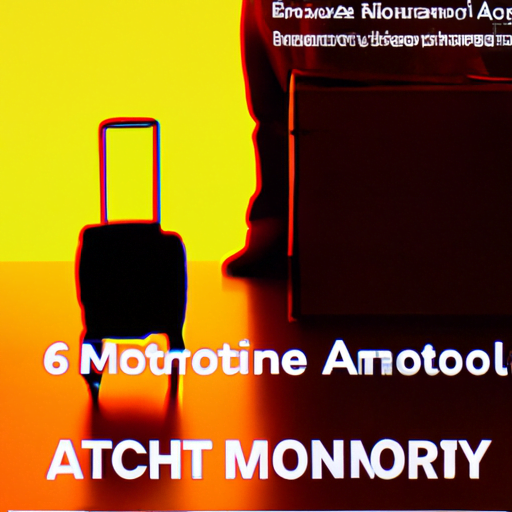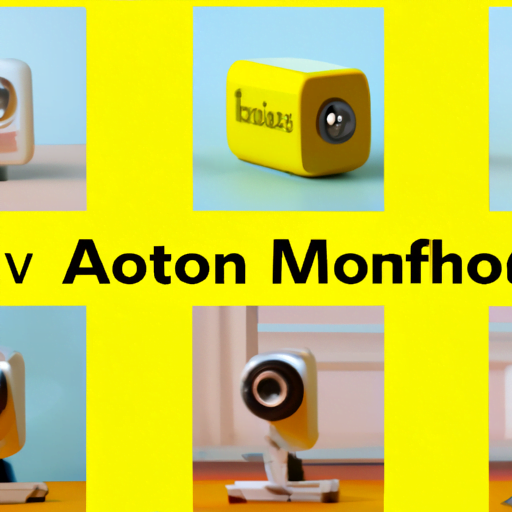
-
Table of Contents
- The Art of Motion: Bringing Graphics to Life through Animation
- The Power of Animation in Graphic Design
- Types of Animation in Graphic Design
- 1. Motion Graphics
- 2. Character Animation
- 3. 3D Animation
- The Process of Creating Animated Graphics
- 1. Concept and Storyboarding
- 2. Design and Illustration
- 3. Animation and Timing
- 4. Sound Design and Integration
- The Impact of Animation in Graphic Design
- Conclusion
The Art of Motion: Bringing Graphics to Life through Animation

Animation has become an integral part of modern graphic design, allowing designers to bring static images to life and create engaging visual experiences. With advancements in technology and software, animation has evolved from simple motion graphics to complex and immersive animations that captivate audiences. In this article, we will explore the art of motion and how animation enhances graphic design.
The Power of Animation in Graphic Design
Animation adds a dynamic element to graphic design, enabling designers to convey messages, evoke emotions, and tell stories in a visually compelling way. By incorporating movement, designers can create a sense of realism, interactivity, and engagement that static images alone cannot achieve.
One of the key advantages of animation in graphic design is its ability to grab attention. In a world saturated with visual content, animation stands out and captures the viewer’s focus. Whether it’s a subtle motion effect or a full-blown animated sequence, movement attracts the eye and encourages users to explore the design further.
Furthermore, animation can enhance the user experience by providing visual cues and feedback. For example, animated transitions and microinteractions guide users through a website or app, making the navigation more intuitive and enjoyable. By adding motion to user interfaces, designers can improve usability and create a seamless interaction between the user and the design.
Types of Animation in Graphic Design
There are various types of animation techniques used in graphic design, each with its own unique characteristics and applications. Let’s explore some of the most common types:
1. Motion Graphics
Motion graphics involve the use of animated elements, such as text, shapes, and icons, to convey information or enhance storytelling. They are often used in video production, advertising, and user interfaces. Motion graphics can be simple and minimalistic or complex and visually stunning, depending on the desired effect.
For example, the opening sequence of the movie “Catch Me If You Can” features a captivating motion graphic animation that sets the tone for the film. The combination of animated typography, illustrations, and transitions creates a visually engaging experience for the audience.
2. Character Animation
Character animation brings illustrated or 3D characters to life by giving them movement and personality. This type of animation is commonly used in storytelling, gaming, and advertising. By animating characters, designers can evoke emotions, create empathy, and establish a connection between the audience and the design.
A notable example of character animation is the Pixar film “Toy Story.” The lifelike movements and expressions of the animated toys make them relatable and endearing to the audience, enhancing the storytelling experience.
3. 3D Animation
3D animation involves the creation of three-dimensional objects and environments that can be animated. This technique is widely used in movies, video games, product visualization, and architectural design. 3D animation adds depth and realism to the design, making it more immersive and visually appealing.
An impressive example of 3D animation is the movie “Avatar.” The intricate details, realistic textures, and fluid movements of the animated characters and environments create a visually stunning and immersive experience for the viewers.
The Process of Creating Animated Graphics
Creating animated graphics requires a combination of artistic skills, technical knowledge, and creativity. Here is a general overview of the animation process:
1. Concept and Storyboarding
The first step in creating animated graphics is to develop a concept and storyboard. This involves outlining the key elements, visual style, and sequence of the animation. Storyboarding helps designers plan the animation and ensure a cohesive and engaging narrative.
2. Design and Illustration
Once the concept is finalized, designers create the visual assets for the animation. This may involve sketching, digital illustration, or 3D modeling, depending on the desired style. The design phase focuses on creating visually appealing and cohesive elements that will come to life through animation.
3. Animation and Timing
The animation phase is where the magic happens. Designers use animation software to bring the static elements to life by adding movement, transitions, and effects. Timing plays a crucial role in animation, as it determines the pace and rhythm of the design. Smooth and well-timed animations create a more polished and professional result.
4. Sound Design and Integration
Sound design is an often overlooked but essential aspect of animation. Adding sound effects, music, or voiceovers can greatly enhance the overall experience and evoke emotions in the audience. Integrating sound seamlessly with the animation ensures a cohesive and immersive final product.
The Impact of Animation in Graphic Design
Animation has a significant impact on graphic design and its effectiveness in various contexts. Here are some key benefits of incorporating animation:
- Increased Engagement: Animated graphics capture attention and keep viewers engaged for longer periods.
- Enhanced Communication: Animation can simplify complex concepts and make them more accessible to the audience.
- Improved User Experience: Animated interfaces and interactions create a more intuitive and enjoyable user experience.
- Emotional Connection: Animation can evoke emotions and establish a connection between the audience and the design.
- Brand Differentiation: Unique and well-executed animations can set a brand apart from its competitors and leave a lasting impression.
Conclusion
Animation is a powerful tool that brings graphics to life and enhances the visual experience. From motion graphics to character animation and 3D animation, the art of motion allows designers to create engaging and immersive designs. By incorporating animation, designers can grab attention, improve user experience, and evoke emotions in their audience. The process of creating animated graphics involves careful planning, design, animation, and sound integration. The impact of animation in graphic design is undeniable, with increased engagement, enhanced communication, improved user experience, emotional connection, and brand differentiation being some of the key benefits. As technology continues to advance, animation will undoubtedly play an even more significant role in the future of graphic design.
